Forging a Japanese katana is one of the most intense and spiritually resonant steps in traditional swordsmithing. From layering steel to shaping the edge, each hammer strike reflects centuries of accumulated knowledge and discipline. The process merges fire, sweat, and steel into a blade of unmatched sharpness and spirit.
Table of Contents
- Preparing the Steel: Tamahagane and Hocho-Tetsu
- Folding and Carbon Adjustment
- Composite Forging and Lamination Types
- Fire Forging: Forming the Blade
- Apprenticeship and the Art of Charcoal
Preparing the Steel: Tamahagane and Hocho-Tetsu
Once tamahagane (high-carbon steel) and hocho-tetsu (softer steel) are selected, both are broken into pieces and pressed onto iron bars. The fragments are wrapped in washi paper, coated with clay and ash, and gradually hammered into rectangular billets—a process known as tsumiwakashi.
Folding and Carbon Adjustment
To refine the steel’s elasticity and remove carbon irregularities, each billet is heated in a pine charcoal forge until red-hot, then hammered to half its thickness. The billet is folded and hammered again—repeated many times. Sparks fly as excess carbon is burned away. This folding not only adjusts carbon content but also creates the blade’s distinctive grain pattern, or jihada.
Composite Forging and Lamination Types
Japanese smiths use layered construction to balance hardness and flexibility. The most common is kawagane over shingane (hard outer steel wrapping a softer core), known as kobuse. Reversing this structure is gyaku-kobuse. Simple solid-steel forging is maru-gitae.
More advanced types include:
- Sanmai: A hard steel core sandwiched between two softer steels
- Gomai: Five layers including middle-grade steels
- Hon-sanmai: Adds an ultra-soft back layer (munegane) to a sanmai configuration
There are dozens of combinations, each tailored for structural or aesthetic goals. Fusing the layers requires precise hammering—any trapped air between metals must be expelled or "stitched out" quickly through reheating and piercing, or it may compromise blade integrity.
Fire Forging: Forming the Blade
Once bonded, the steel billet is gradually stretched and drawn into blade shape. This stage—called sunobe or later hizukuri—is the transformation of rough steel into sword form. The smith hammers rhythmically under intense heat, gradually revealing the katana’s iconic curve and balance.
Apprenticeship and the Art of Charcoal
Pine charcoal is the only fuel used, but only uniform-sized pieces allow even airflow. Cutting charcoal properly is the first task assigned to swordsmith apprentices—a task that can take years to perfect. In the traditional world of smithing, there's an old saying: "Three years to cut charcoal right." A skilled charcoal cutter often becomes a skilled smith.
Note: Forging a katana is more than shaping metal—it is shaping purpose, balance, and tradition. Each layered weld and hammered form is a physical embodiment of Japanese martial philosophy.
Read more

Discover the many styles of samurai sword mountings, or koshirae, from practical designs like Higo and Satsuma to the elegant Yagyū style. Learn how each reflects martial tradition and personal exp...
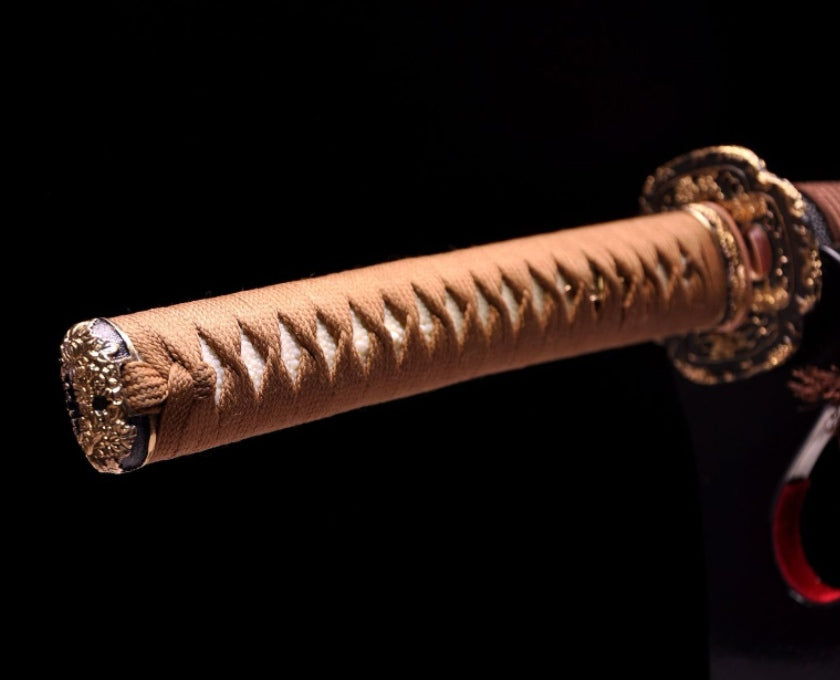
Discover the essential parts of a samurai sword’s mounting, or koshirae, including the kashira, tsuka-maki, tsuba, and sageo. Learn how each component balances function and traditional artistry.
Shop katana
Our katana store offers a wide selection of japanese swords — from traditional katanas and anime-inspired designs to fully functional blades — featuring a variety of materials and craftsmanship to suit your preferences.

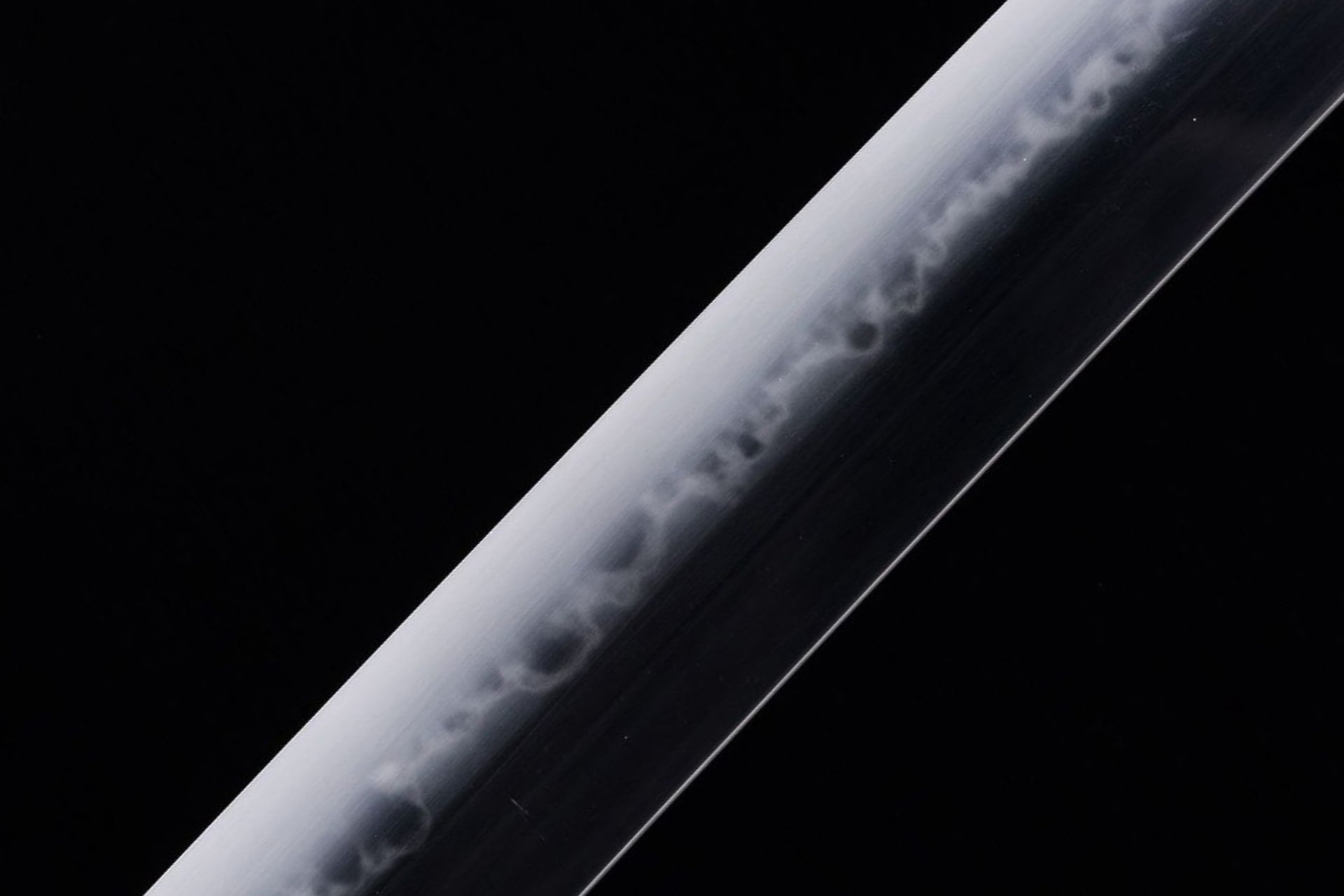
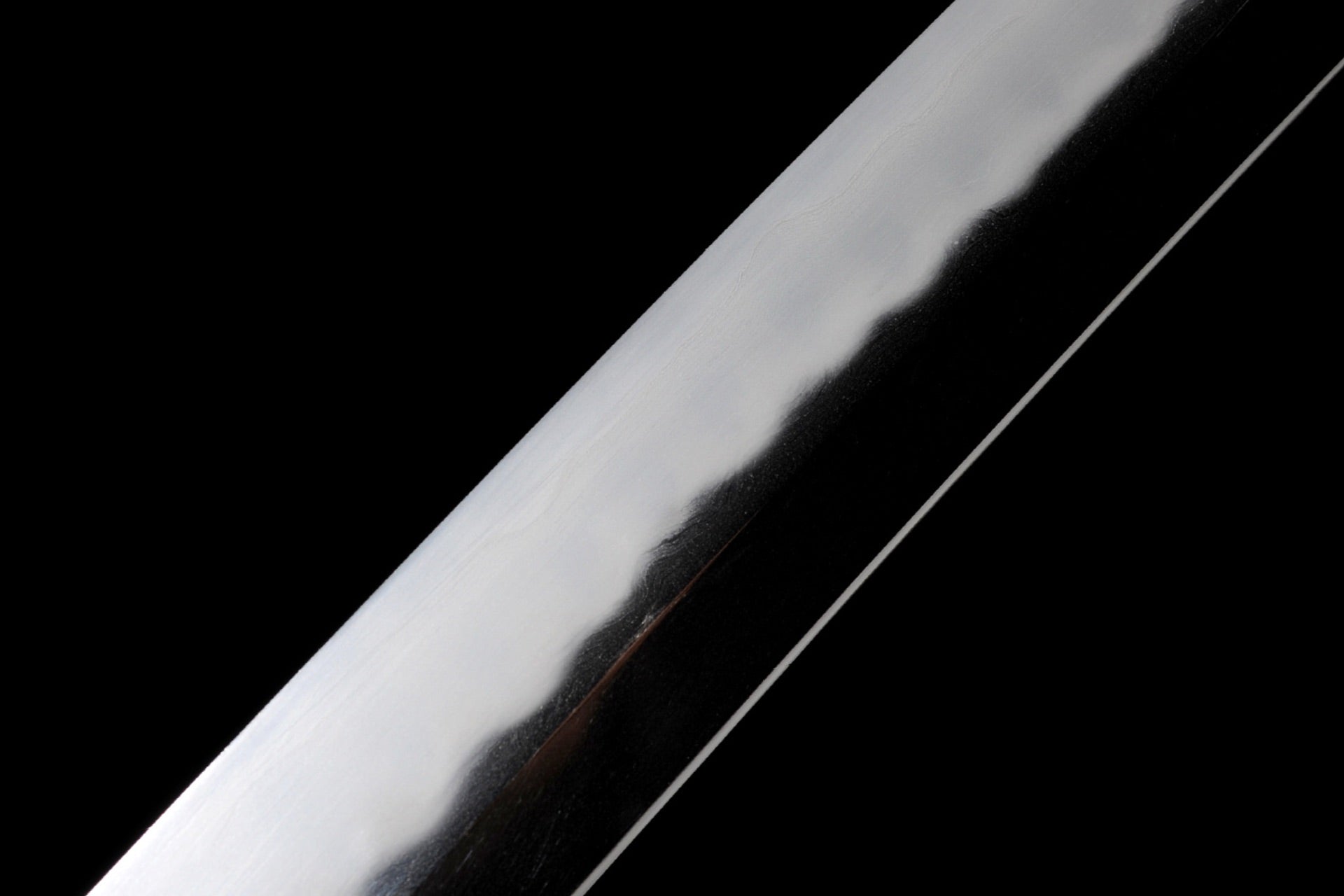
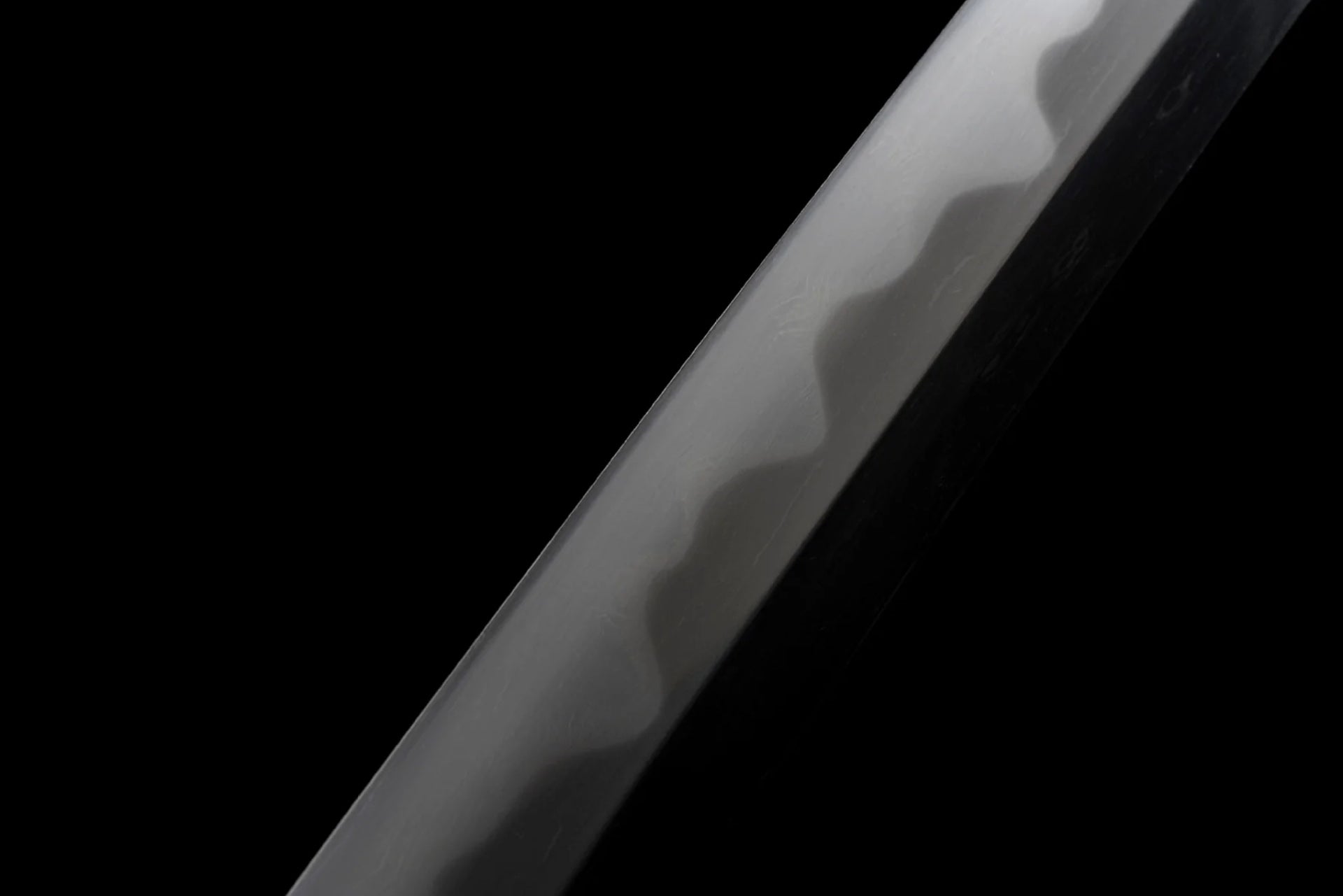
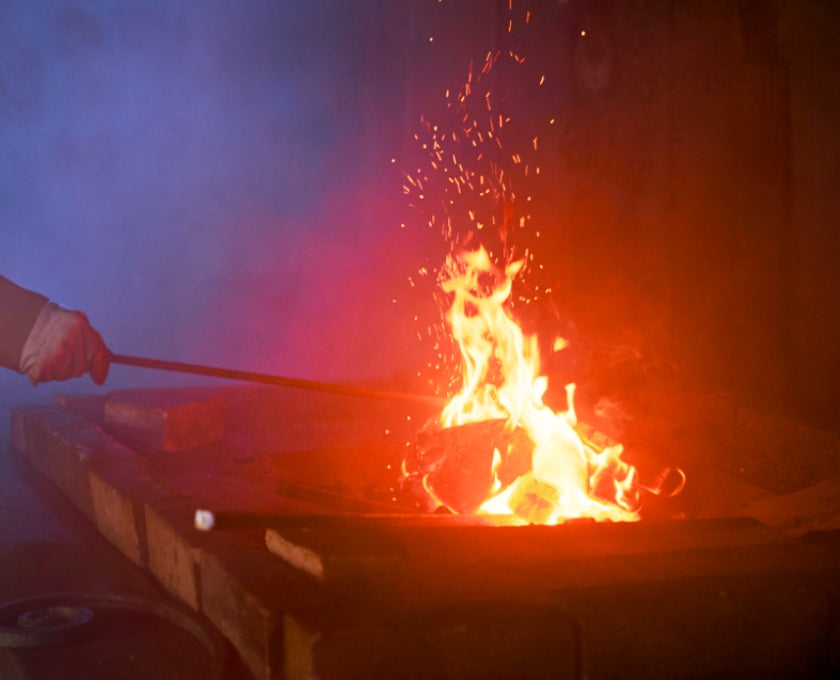
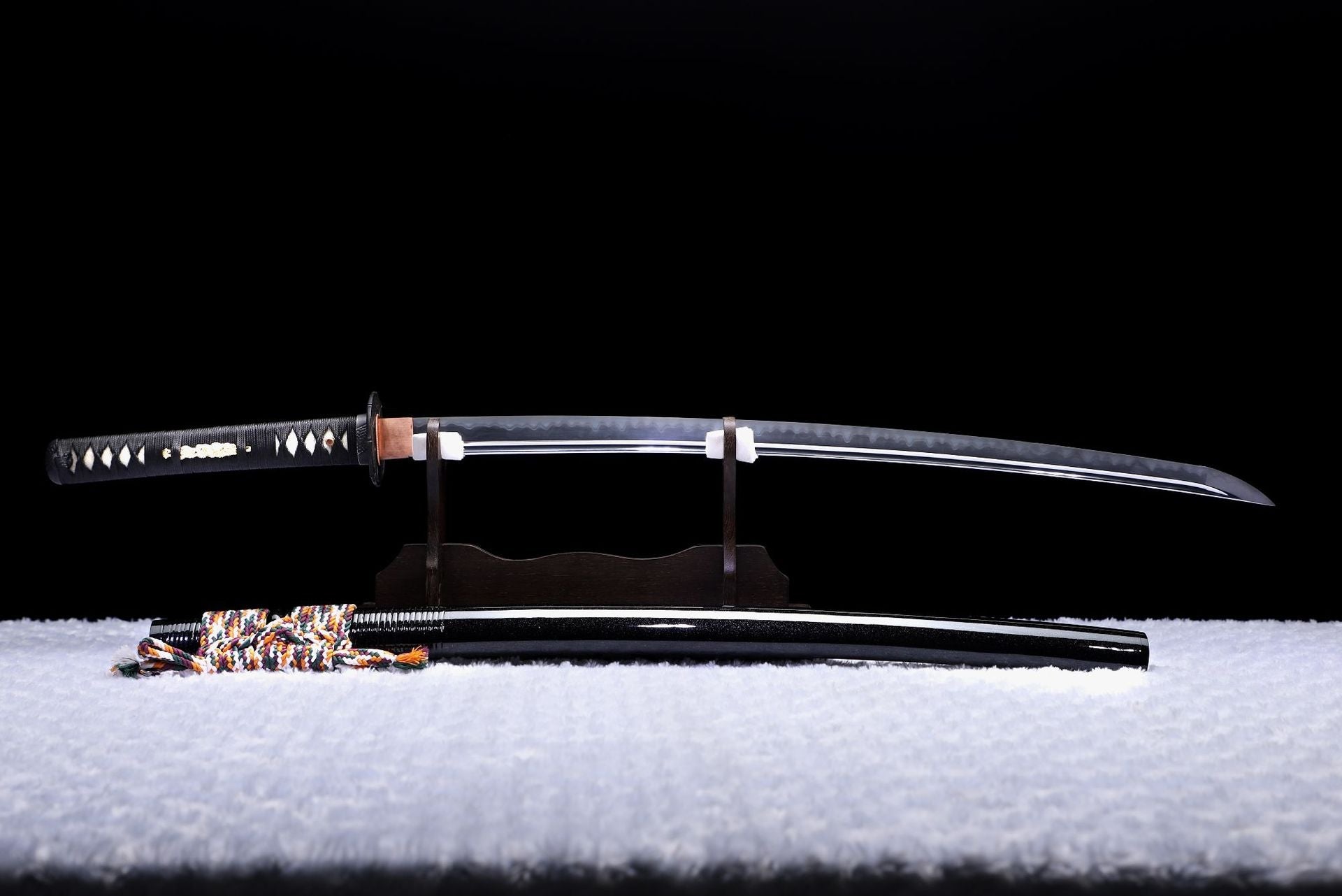
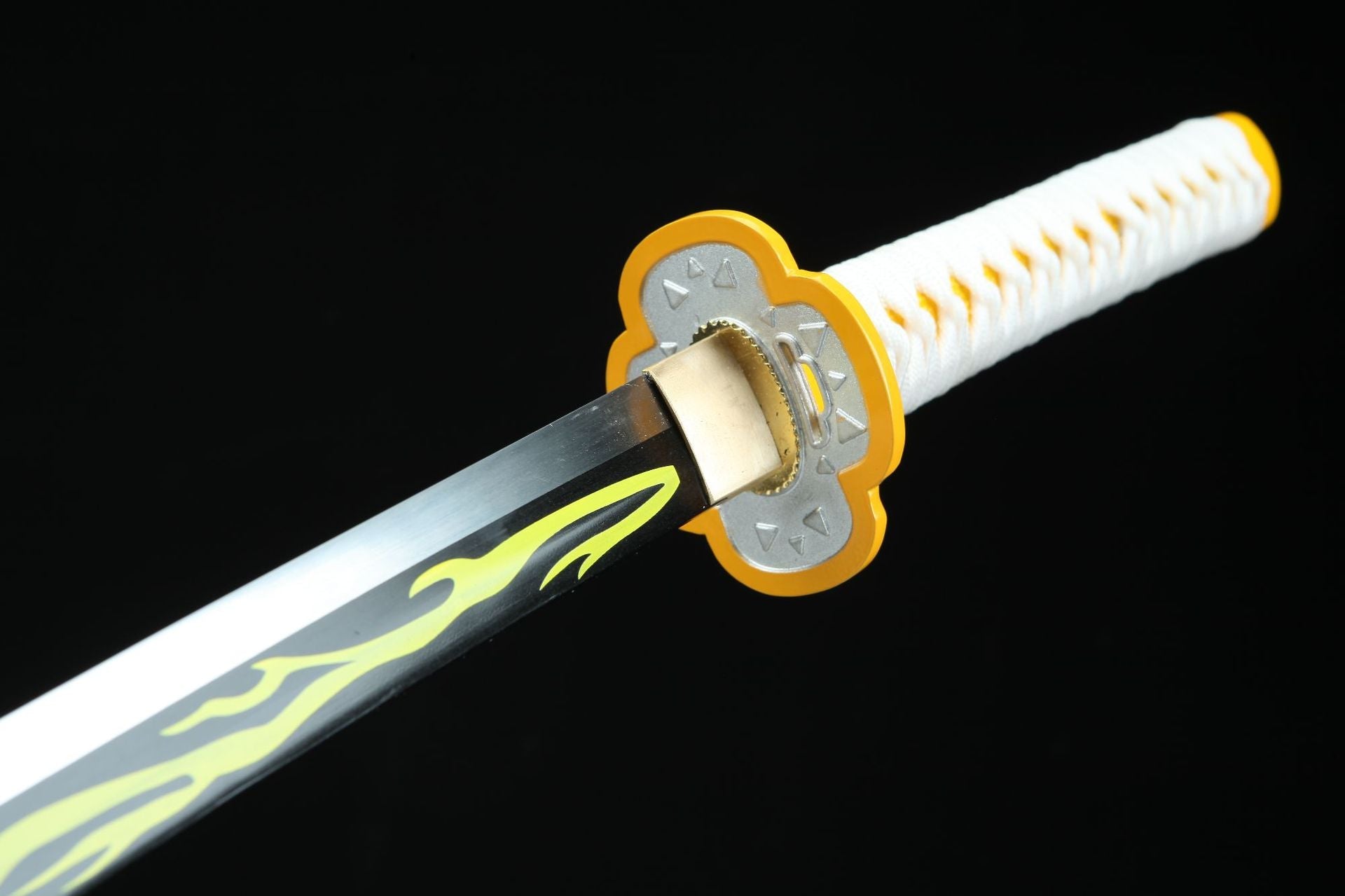
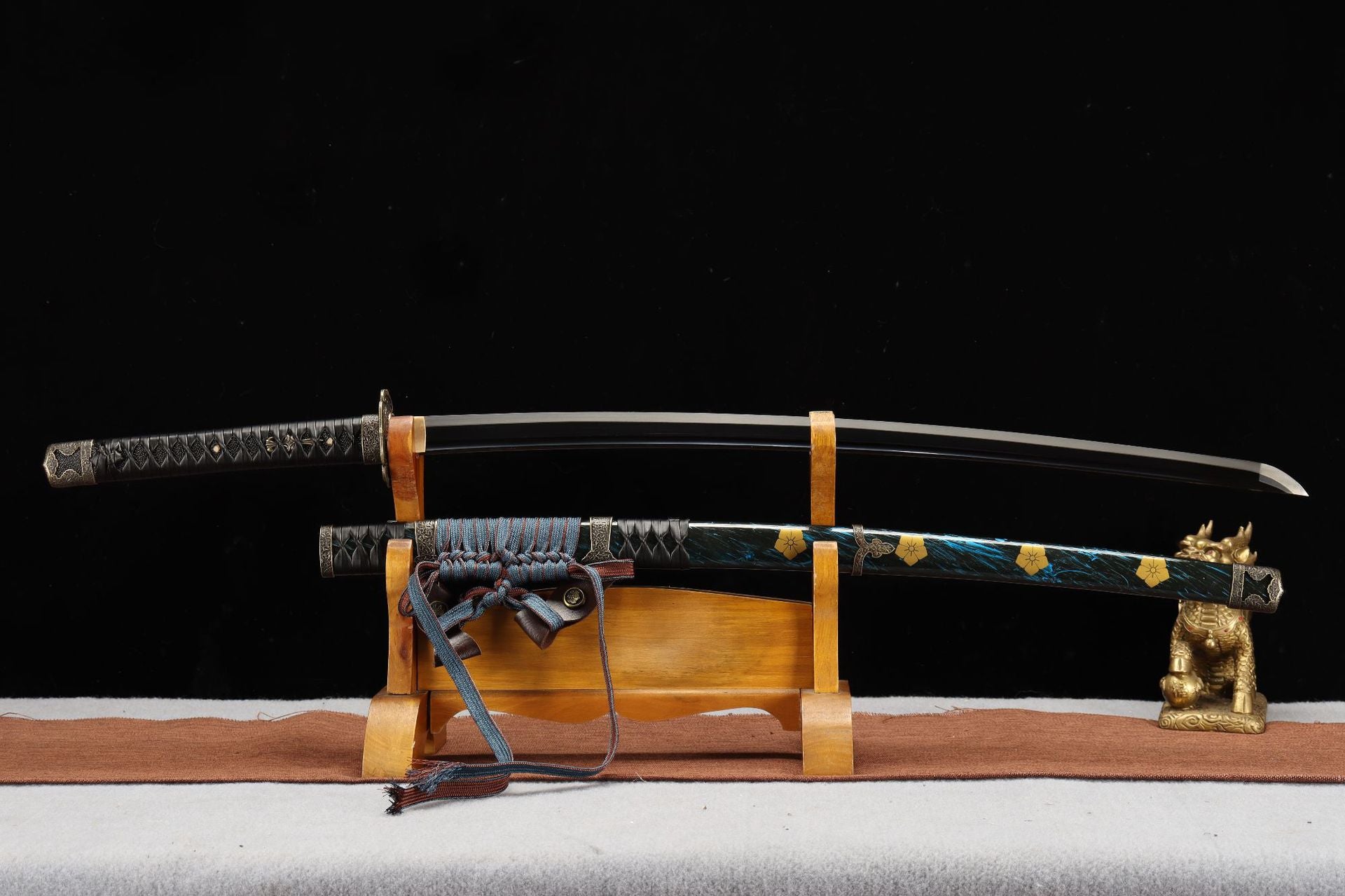
Leave a comment
All comments are moderated before being published.
This site is protected by hCaptcha and the hCaptcha Privacy Policy and Terms of Service apply.